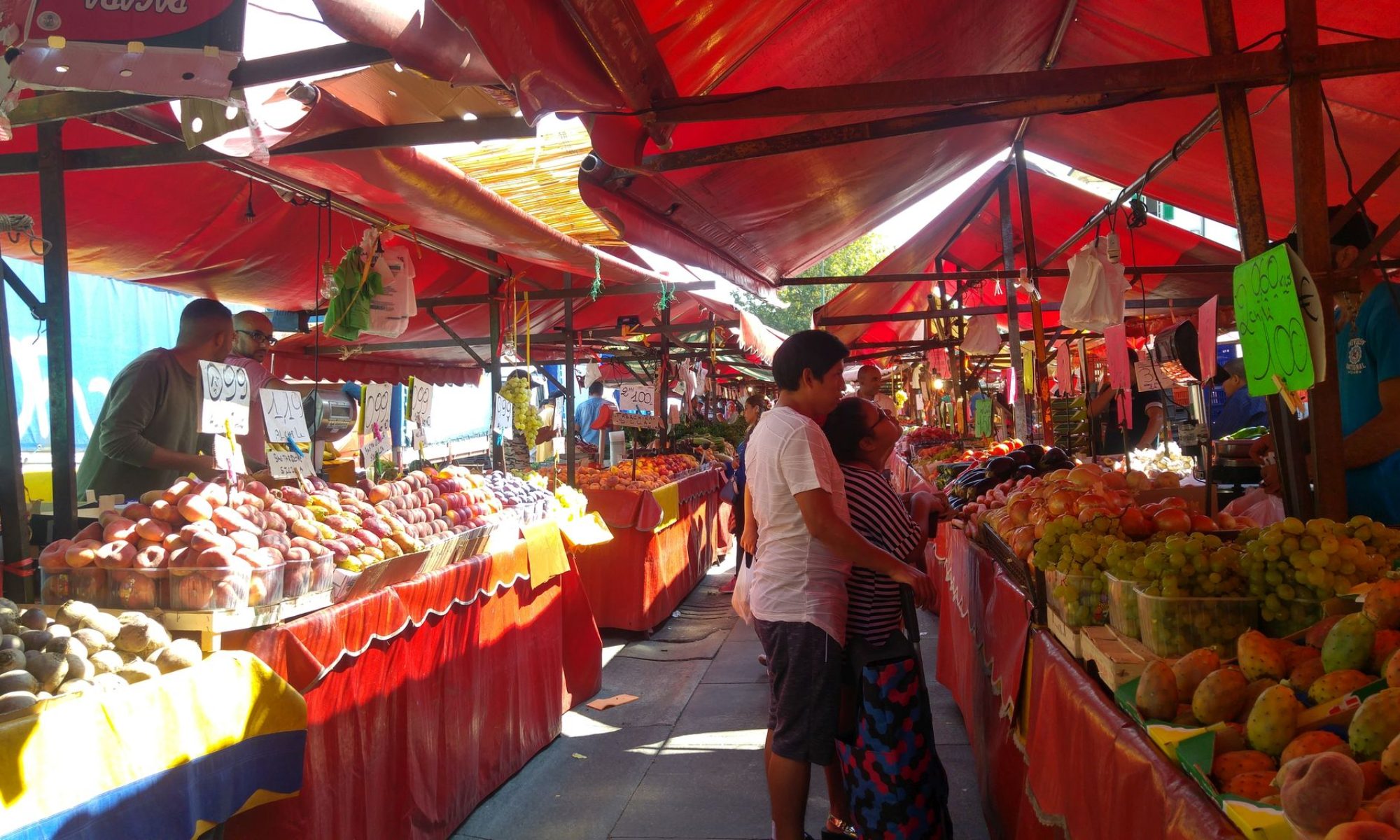Thursday, 8 September, 2020
Every now and again I take a walk down Hackney Road. It was on my list of places to revisit and Krish suggested adding in Columbia Road on a non-market day. Add to that my increasing ‘need’ for Vietnamese food and we had a deal.


The days are shorter and the temperature is staying in the 17 to 20C range. It suits me well. Any warmer than 23 and I’m not so happy being out for long walking. There’s an added layer to being out these days. The kids have gone back to school. In the mornings and around 3:30, the buses and roads get much busier. I’ve read that they are suggesting as many students as possible ride bikes or walk to school and stay off public transport. While this must be happening, it’s also true that car traffic has increased. There must be a lot of parents driving students to school and, at peak times, there’s a lot of stop and go traffic outside the window.
At any rate, added to the ‘Covid caveats’ of avoid the post office on a Friday and Monday, stay away from the supermarket on the weekend, don’t walk on the Narrow Way unless you have no choice, I’m adding don’t travel on the buses till after 10am or between 3:15 to 4pm.

We missed most of the buses but then one showed up and we got in as far as Cambridge Heath Station. That’s where Hackney Road begins. Hackney Road is thought to follow a prehistoric route and into the 1700s was farmland with very few homes. During the 19th century this changed dramatically, as commercialisation became more the norm, and it took on a very urban look.
Before we set out we explored Clare Street, which runs along the Cambridge Heath railway arches. We had a little chat with some guys in the motorcycle shop. They reported business was quiet.





We took a little walk back towards Hackney Road again passing new and old buildings and some which seemed a mix.


The last time we went down Hackney Road, we hadn’t enjoyed it as much as usual so this time we wandered slightly off the road and looked at what was around the corners. There were some cool discoveries along the way.




We also came across two very interesting buildings as we turned back to Hackney Road. On the corner with Garnet Street is the former Adelphi Chapel School date “1853, enlarged 1868”. This was a missionary school with 30 pupils built as a day and Sunday school, but also used as a chapel. And then we saw a baby blue building and couldn’t decide if it was cool or just ugly. It turned out to be a significant building. Built for £300,000 in 2002, FAT’s Blue House is a live-work house with an over-emphasised street-facing façade. The practice considers it to be one of the most important houses of the 21st century, or so the FAT website says.



The plan to divert occasionally was working out really well, but we were back on the main road and headed towards Columbia Road. At Goldsmith’s Row, there are two more treasures. First the old Queen Elizabeth Children’s Hospital. Also known as the North-Eastern Hospital for Sick Children, it was founded in 1867 and admitted 10,000 patients each year. For years we would walk past this then-derelict building. It was large and sombre. Then one day we noticed it was going to be developed into new flats. I seem to remember feeling a bit crestfallen that the blackened historical building would be gone. It’s not so bad, though.

It’s called Mettle & Poise, and was a sell-out success, with every new home sold off plan two years before the completion of the redevelopment in 2017.
On the other side from the old hospital (now M&P) is the lovely wooded Hackney City Farm. It was established in 1984 as a community and educational resource and to give borough residents, particularly young people, experience of animals. There’s a farmyard, area for grazing, garden and a tree nursery with butterfly house. The farm is home to a range of animals, including poultry, sheep, rabbits, bees, pigs and a donkey. Hackney City Farm also runs workshops and sells honey and free range eggs, among other things. A city oasis.

As you can probably tell, this is another area of Hackney (bordering on Tower Hamlets) that was overwhelming to read about. I’ve done my best!
There was one more stop for us before we found Columbia Road – the Phlegm mural on the Portuguese Love Affair cafe.

Continue reading “Hackney Road and Columbia Road – incredible histories”






















































